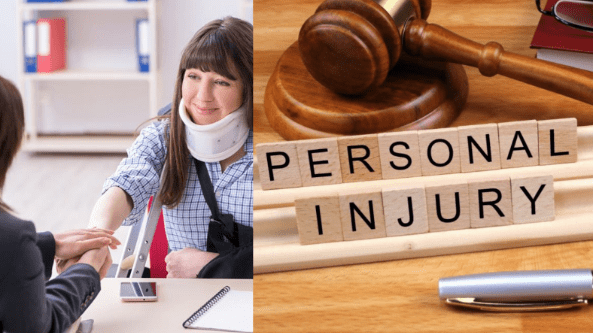
The majority of the population spends a lot of time on social media applications. There are pros and cons to it. In some specific instances, like a personal injury case, the cons outweigh the pros.
This is something that legal professionals at expert law firms, like Dolman Law Group Accident Injury Lawyers, PA, emphasize. It’s not that social media is inherently bad, but careless use while a personal injury case is in progress can be disastrous.
You’re probably wondering what’s so bad about sharing a picture of your recovery with your online friends. Read on to find out.
Social Media and Personal Injury Cases
Let’s kick things off with the basics.
A personal injury case is one that arises due to negligence. This means that a person owed a duty of care to someone, but they failed to maintain that duty of care. This failure led to an accident that caused some kind of injury. The injury needn’t necessarily be physical; it can be psychological or something related to property as well.
In such situations, the victim can seek compensation for all the losses they have suffered. The at-fault party’s insurance company will pay the victim.
But here’s the catch: The at-fault party’s insurance company isn’t going to give the requested amount right away. They will pull a wide range of tricks to deny the compensation or at least reduce the sum they have to give.
Social media plays a vital role in this.
What you share on social media is open for everyone to see (unless you have fiddled with the privacy settings). The insurance adjuster will stalk the social media profiles of the victims to find anything useful. The sections below discuss the different ways social media can wreak havoc on a personal injury claim.
Contradicting Statements/Actions
The defense (the at-fault party’s insurance company) will scrutinize the claim thoroughly to look for inconsistencies. The moment they find one, they will take full advantage of it.
The victim’s social media activity when the personal injury case is in progress paves the way for this.
Say, for instance, that Peter had a nasty bicycle accident and broke his arm. The compensation he has requested includes expenses for medication and the psychological trauma he has undergone due to the fracture. But Peter posts a picture of a bass he caught during a fishing trip.
The fact that Peter went fishing with a broken arm contradicts the personal injury claim. This can be used as grounds for claim denial.
Bragging
Of late, social media has been used as a tool to show off (although it might be its primary purpose). But bragging can be problematic if the insurance adjuster sniffs out the victim’s social media profile.
Consider Peter’s example once again. Peter starts making posts about all the things he would buy or the places he would visit with the money he receives as compensation. The at-fault party’s insurance company will deny or reduce the compensation, stating that Peter might be faking or exaggerating his injuries.
Admission of Fault
In personal injury cases, apologizing or expressing regret is seen as an admission of fault. This is one reason why a good chunk of articles with the title “Things You Should Not Do After an Accident” state that you shouldn’t apologize after an accident. The rule applies to social media posts as well.
Take Peter, for example. During his recovery, he tweets something like, “I broke my bicycle.” This is a direct admission of fault from the victim himself and is valid grounds for denying a claim.
Final Thoughts
Personal injury cases are complex. Even the slightest mistake can turn the case against the victim.
With everyone on social media, it helps to be cautious when posting something. If you’re clueless about what to do, reach out to an experienced personal injury lawyer for assistance.



